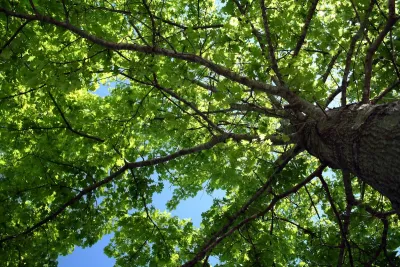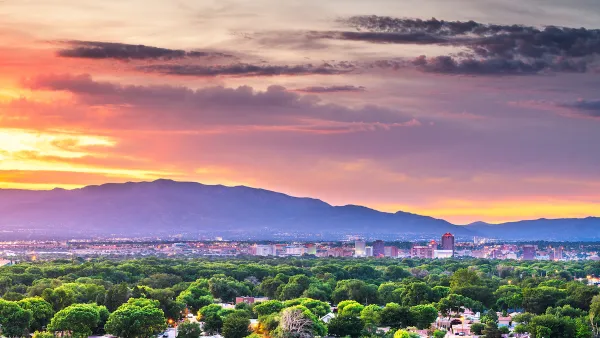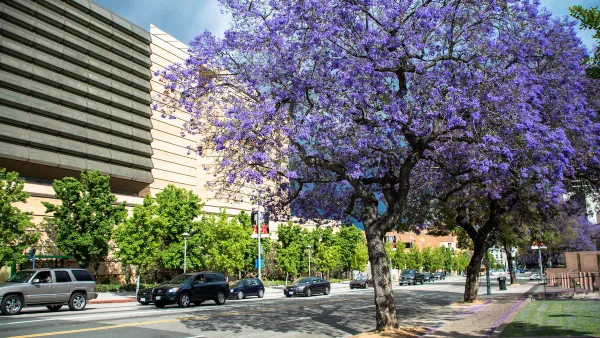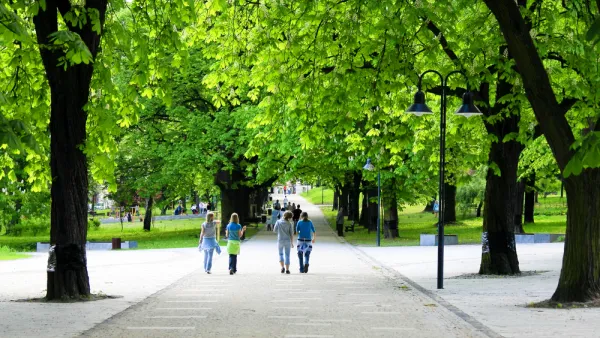The University of Southern California Urban Trees Initiative is planting 250 trees in South L.A. neighborhoods to improve shade, combat climate change, and enhance community well-being through collaboration and data-driven approaches.

The University of Southern California (USC) Urban Trees Initiative recently planted the first 27 of 250 planned trees in South Los Angeles neighborhoods, starting in the West Adams area during a community block party. This collaboration between USC, the Koreatown Youth and Community Center, and L.A. Sanitation and Environment brought together university faculty, students, community organizers, and residents to improve local green spaces. The project aims to enhance livability by addressing the need for shade and combating the effects of rising temperatures in underserved communities such as Adams-Normandie, University Park, and Exposition Park.
The initiative, led by the USC Dornsife Public Exchange, emphasizes equitable access to green spaces through data-driven approaches. Experts in geospatial sciences, landscape architecture, air quality, and community engagement work together to ensure a sustainable and inclusive effort. Professor Esther Margulies of the USC School of Architecture highlighted the importance of educating residents about the benefits of trees in mitigating climate change and fostering healthier neighborhoods. These efforts align with USC’s broader “Assignment: Earth” initiative, promoting environmental research and community-driven sustainability.
The event marked a significant milestone for the Urban Trees Initiative and USC’s sustainability “moonshot” spearheaded by President Carol Folt in 2022. This initiative integrates green research, education, and policymaking to address environmental challenges and improve quality of life in Los Angeles. By planting trees in historically underserved areas, the project fosters a collaborative approach to building resilience against climate change while creating greener, healthier communities.
FULL STORY: Initiative expands green spaces in South Los Angeles neighborhoods

National Parks Layoffs Will Cause Communities to Lose Billions
Thousands of essential park workers were laid off this week, just before the busy spring break season.

Retro-silient?: America’s First “Eco-burb,” The Woodlands Turns 50
A master-planned community north of Houston offers lessons on green infrastructure and resilient design, but falls short of its founder’s lofty affordability and walkability goals.

Delivering for America Plan Will Downgrade Mail Service in at Least 49.5 Percent of Zip Codes
Republican and Democrat lawmakers criticize the plan for its disproportionate negative impact on rural communities.

Test News Post 1
This is a summary

Test News Headline 46
Test for the image on the front page.

Balancing Bombs and Butterflies: How the National Guard Protects a Rare Species
The National Guard at Fort Indiantown Gap uses GIS technology and land management strategies to balance military training with conservation efforts, ensuring the survival of the rare eastern regal fritillary butterfly.
Urban Design for Planners 1: Software Tools
This six-course series explores essential urban design concepts using open source software and equips planners with the tools they need to participate fully in the urban design process.
Planning for Universal Design
Learn the tools for implementing Universal Design in planning regulations.
EMC Planning Group, Inc.
Planetizen
Planetizen
Mpact (formerly Rail~Volution)
Great Falls Development Authority, Inc.
HUDs Office of Policy Development and Research
NYU Wagner Graduate School of Public Service





























